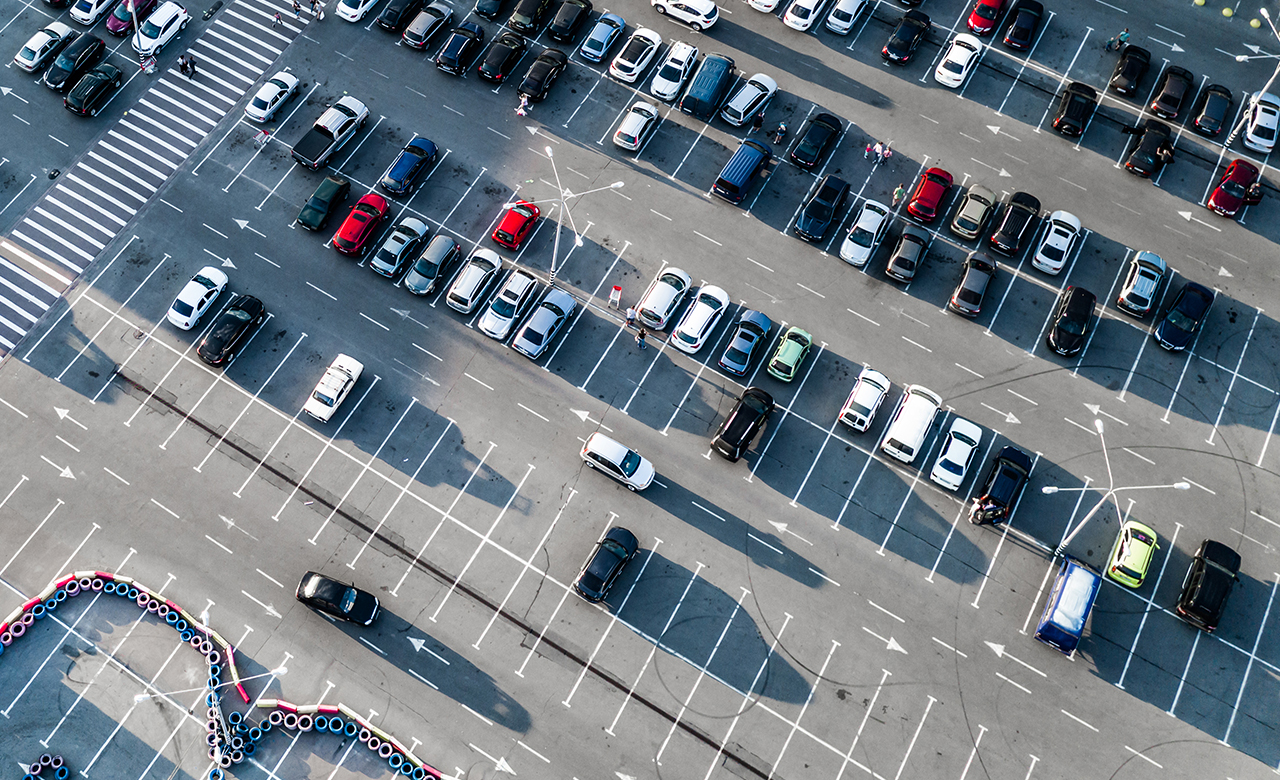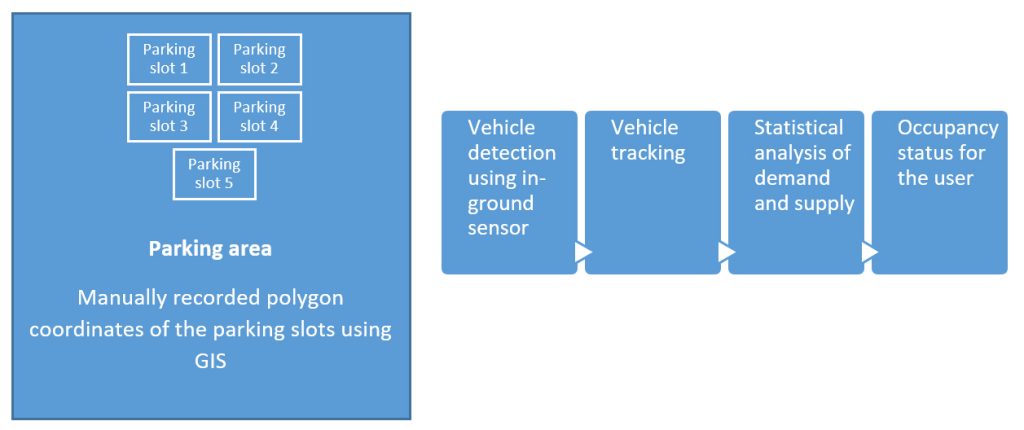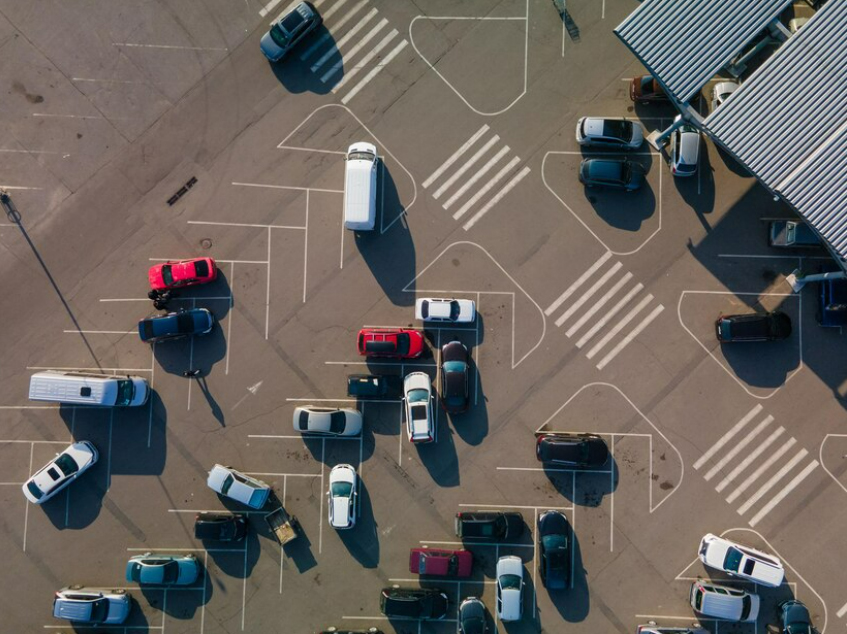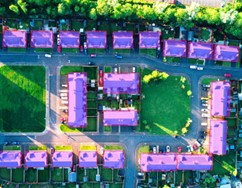
A few days back, I visited a market in my neighborhood. The entire process of shopping should have taken hardly twenty minutes. Still, I ended up being stuck for twenty minutes in the traffic jam, waiting, like many others, for my turn to get to the next available parking slot.
It made me think that the Smart Cities Mission in India has been there for a long time, for almost seven years, but when will the parking system of our country become smart? To improve quality of life, especially for that 31% of the urban population (census 2011) that contributes to 63% of the GDP, the government rolled out the mission in the year 2015 (refer Smart Cities Mission: A step towards Smart India| National Portal of India), and yet here I was, waiting in a long queue, burning my fuel, to get that one spot.
When one visits crowded markets and public places during peak hours, finding an available parking space in some areas is a stroke of luck. There is little parking management, and most areas are challenged with high parking demand combined with long-term vehicle storage.
A mobile application that provides real-time parking status could be beneficial in such scenarios. Along with saving time and fuel, this would also solve the safety issues caused by distracted circling drivers and contribute towards greenhouse gas emissions. Let us understand how such innovations could help improve parking accessibility and decision-making for users like us.
What are the technological innovations available for parking management?
Two innovative solutions have caught my attention for dealing with parking management problems – first, the in-ground IoT sensors, and second, the video-based approach for parking space detection. Let us understand each of them one by one.
How do IoT sensors work for parking management?
IoT is a giant network of web-enabled smart devices connected, such as processors, sensors, and communication hardware like our mobile phones. It can collect and transfer data without requiring human-to-human or human-to-computer interaction.
IoT technology for parking management uses tools like in-ground parking sensors and GPS, which help collect location data and monitor parking occupancy. These sensors can detect when a vehicle enters and leaves the parking lot. This information about the vehicles is transferred to the cloud gateway, which is processed and analyzed using statistical relationships between the occupancy and payment rates. Finally, this data is presented to the users in an easy-to-understand format on their mobile phones.
However, India’s traffic and transportation industry is still lagging in using this technology in parking management, and there is a long way to go. Though Bangalore has started the first phase of intelligent parking on ten roads, deploying sensors and the results are still awaited. In addition, a lot of work is going on in other areas like the Onboard Driver Assistance and Warning System – ODAWS, Bus Signal Priority System, and Common SMart IoT Connectiv (CoSMiC) software that has been launched under the Intelligent Transportation System Endeavor initiative under MeitY (Ministry of Electronics and Information Technology), yet a lot of potential has to be unraveled.

What can we learn from a dynamic demand-based pricing strategy using sensors in San Francisco?
I was amazed to learn about the pilot project for parking management in San Francisco, which uses the IoT ecosystem for resolving parking problems. The project is being implemented in partnership with the Department of Transportation. You will be surprised to know that this system in San Francisco functions in such a way that there is always at least one on-street parking spot available per block or street. If a similar solution gets implemented in Indian metropolitan cities, it will resolve the huge parking crisis without investing heavily in building new infrastructure like multi-level parking.
This system depends upon the business hours of operation, land use of the area, stakeholder concerns, road congestion, and the demand for parking changes accordingly. Pricing parking appropriately as per the demand serves as a parking management strategy, and these sensors play an important role. Rates are adjusted as per demand and supply. It encourages people to carpool, reduce long-term vehicle storage in the parking slots or use other modes of transportation, thereby making it easier for others to find a parking space. Real-time parking data helps transportation planners and users think more strategically and improve decision-making.
The only challenge with this technology is the need for extensive sensors to cover each parking spot. It could further reduce the cost linked to the installation and maintenance if we replace the in-ground sensors with cameras. It brings us to the second approach for parking management, which is the video-based system for parking space classification.

Video-based deep learning technique for analyzing the parking data
The second technique is based on a combination of image analysis and deep learning for detecting the status of parking slots. For example, the cameras installed in the parking spaces could be leveraged and act as a source of data collection in the form of images of the parking space. These images are then processed using Convolutional Neural Networks (CNN), a class of artificial neural networks that divides them into smaller areas to view separately. By assembling these sub-images, the image is processed and interpreted. After processing the images, the results are displayed in an easy-to-understand format.
Different colored boxes are made for available and unavailable parking lots. This real-time information is made available to the end-users on their mobile phones, which helps them decide wisely. We can go a step ahead by combining machine learning with GIS technologies, to perform insightful analysis, like we have been doing in RMSI’s System Integration services.

RMSI has been leveraging its cross-platform, cross-domain expertise by integrating GIS systems with machine learning to achieve geographical intelligence. We use such technologies to curate training data for machine learning and computer vision models, like the one we discussed for parking management using cameras. We create similar annotated images or videos with bounding boxes around objects of choice, which finds its usage in training autonomous driving prediction models, object detection for eCommerce, damage detection for insurance, and drone and robot training. These are ways to reduce manual work, increase precision, and improve decision-making.
Hopefully, we will see the wide application of artificial neural networks in the parking systems in Indian cities very soon and make them even smarter.